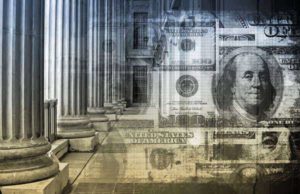 The study of unemployment rate history indicates that the highest levels of unemployment were during the Great Depression. The Great Depression unemployment rate approached twenty five percent in the United States of America. However, the United States was spared the most severe levels of the Great Depression unemployment rate. In some countries, during the Great Depression, the unemployment rate rose as high as 33 percent, in some countries rising even higher.
The study of unemployment rate history indicates that the highest levels of unemployment were during the Great Depression. The Great Depression unemployment rate approached twenty five percent in the United States of America. However, the United States was spared the most severe levels of the Great Depression unemployment rate. In some countries, during the Great Depression, the unemployment rate rose as high as 33 percent, in some countries rising even higher.
There are myriad factors that contributed to the Great Depression unemployment rate rising so high. Personal income, corporate profits, tax revenues, and the prices for goods dropped drastically. Even more critically, international trade plunged by between one half and two thirds of the levels that was happening around September 4, 1929, which is when the downturn began. Although the Great Depression is usually thought to have begun on October 29, 1929, that was simply the single steepest decline in a long series of them.
Studying unemployment rate history indicates that the Great Depression unemployment rate affected all parts of the world, involving every country, and all levels of society, whether rich or poor.
Although the Great Depression unemployment rate began to recover by the middle of the 1930s, in some countries unemployment rate history indicates that full recovery was not experienced until after World War Two.
































